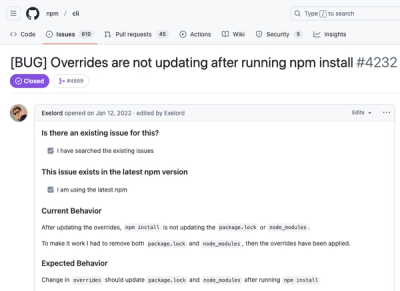


nuVeto
This package calculates the effect of a detector veto on the high-energy atmospheric neutrino flux via detection of muons that reach the detector. The result calculated is the passing-flux or passing-fraction of atmospheric neutrinos as a function of energy and zenith angle.

Getting started
It is recommended to work within a Python virtual environment.
python3 -m venv vdir
source vdir/bin/activate
Installing
pip install nuVeto
This will install numpy, scipy, pandas and MCEq.
As of v2.3.1 a suite of tests is also packaged. It uses pytest, which can be optionally installed and run as follows.
pip install nuVeto[testing]
pytest --pyargs nuVeto
Extra options are pip install nuVeto[plotting, pythia8] which will install necessary packages for making example plots (from nuVeto.examples import plots), and generating alternative hadron decay rates with PYTHIA.
Note that v2.0 and higher rely on the updated version of MCEq. For the legacy version that relies on MCEq_classic do git checkout v1.5 and see the README.
Usage
The simplest way to run is
from nuVeto.nuveto import passing
from nuVeto.utils import Units
import crflux.models as pm
enu = 1e5*Units.GeV
cos_theta = 0.5
pf = passing(enu, cos_theta, kind='conv nu_mu',
pmodel=(pm.HillasGaisser2012, 'H3a'),
hadr='SIBYLL2.3c', depth=1950*Units.m,
density=('CORSIKA', ('SouthPole','December')))
where kind can be (conv|pr|_parent_) nu_(e|mu)(bar)
See examples/plots.py for more detailed examples.
Building muon detection probabilities

To calculate the passing fraction requires knowing the muon detection probability as a function of the overburden and energy of the muon at the surface. This is constructed from a convolution of the muon reaching probability and the detector response. The scripts for generating the necessary files are provided in the scripts/mu/ subdirectory, which can be obtained with a download or clone of this repository.
The muon reaching probability is constructed from MMC simulations and is provided for propagation in ice and water in data/mmc/(ice|water)_(allm97|bb).pklz for two different cross section parameterizations. The detector response probability must first be defined in scripts/mu/pl.py as a function of the muon energy at the detector. Then, pass the function name to the --plight argument and construct the overall muon reaching and detection probability with the following command, for example.
cd scripts/mu
./mu.py ice_allm97.pklz -o mymudet.pkl --plight pl_step_1000
To use the newly generated file, pass the stem without file extension as a string to the prpl argument.
passing(enu, cos_theta, prpl='mymudet')`.
For many different characterisations of the detector response (e.g. for different depths or different directions) this process can be inconvenient. In this case one can also directly use a function for pl:
from nuVeto.mu import interp
pl=lambda emu:
prpl=interp("ice_allm97.pklz",pl)
enu=1e3
cos_theta=0.5
pf = passing(enu, cos_theta, prpl=prpl)
Contributers
Carlos Arguelles, Sergio Palomares-Ruiz, Austin Schneider, Logan Wille, Tianlu Yuan







